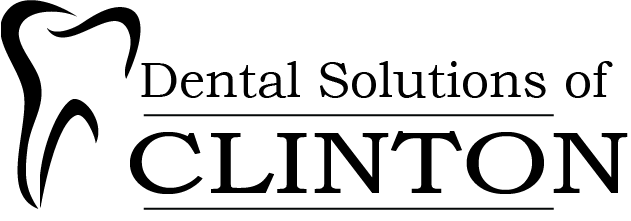By now, you’ve probably heard that candy is bad for your teeth. If you haven’t, we envy the way you coolly and unapologetically eat a Snicker’s bar. As dentists, we can’t do that. We know exactly what happens once we put that yummy candy bar in our mouth.
What happens when you eat that piece of candy…..
It’s not that sugar actually creates cavities, but it does create conditions in your mouth that do. Your mouth is filled with hundreds of bacteria, and while that sounds gross, many of them are actually beneficial to maintaining a healthy oral ecosystem. When you eat candy, harmful mouth bacteria feeds off of the sugar.
In doing so, the bacteria creates acids, which then erode tooth enamel. Cavities are actually a bacterial infection that is created by those acids. When you develop a cavity, a hole in your tooth forms—that worsens over time if it’s left untreated.
How can I Minimize Candy’s Impact on My Teeth.
Fortunately, you’ll be happy to know the news isn’t all bad. We do have some suggestions for keeping your teeth at their best. Specifically, we recommend that you:
- Drink plenty of water. Water can minimize some of the harmful effects of sugar, preventing decay. If you eat candy and can’t brush immediately afterward, swig some water and swish it around in their mouths.
- Eat candy with meals. When candy is eaten at mealtime, saliva production increases. Saliva not only cancels the acids in mouths, but it also helps wash away food particles.
- Brush after eating. By brushing immediately after eating, you remove enamel-eating bacteria. However, there’s an important caveat. When acidic candies (or acidic sports beverages, fruits, etc.) are consumed, brushing right after eating is more damaging to enamel than not brushing. Instead, set a timer for 30 minutes and brush after it goes off.
What Kinds of Candy Are the Worst for Teeth?* Sticky, chewy candy like taffy, caramel, gumdrops, etc. are the worst because they adhere to between teeth where the saliva can’t break it down as easily. Also, sticky candy can pull out fillings.
* Hard candy is also to be avoided if possible. Since they last a long time, it gives plenty of opportunities for the harmful bacteria to release their enamel-eating acid.
* Also worth mentioning are sour candy because they contain enamel-eating acid.
What Kinds of Candy Are Not so Bad for Teeth?
* Sugar-Free Gum, Lollipops and Hard Candies.
Gum high in Xylitol, like Icebreaker Ice Cubes; stimulate saliva production, which helps break down the harmful bacteria. Sugar-Free Lollipops and Hard Candies can stimulate saliva as well.
* Dark Chocolate. It’s lower in sugar than milk chocolate and it’s full of antioxidants.
A little candy every now and then is fine as long as it is done in moderation and their teeth are bushed afterwards.
Remember, constant attention is the key to preventing the negative effects of sugar on teeth. We encourage you to limit your sugar intake, brush away bacteria-filled plaque regularly and consume healthy foods that strengthen your teeth. Add regular dental visits and fluoride treatments from our dental team to the mix, and you and your loved ones will have the best shot at winning the battle against tooth decay.

